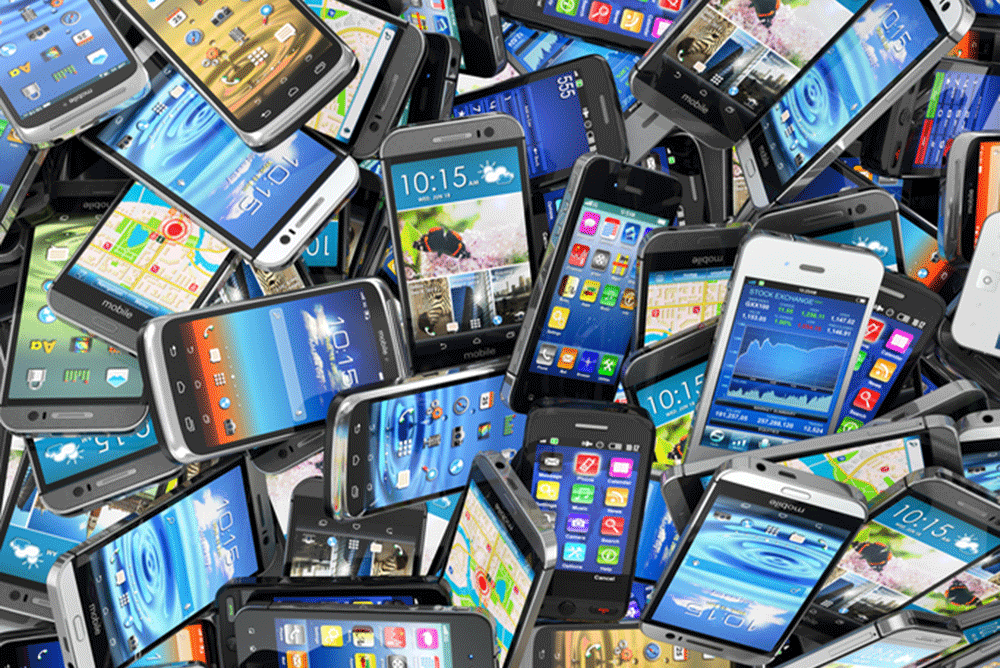
THE FDA, THE CDC and the FCC have all concluded that there is no scientific evidence supporting the risk of brain cancer from cell phone use. But for those worried about the risks of radiation—both from cell phones themselves and possibly from Bluetooth earpieces as well—the recommendation is to use cell phones on speaker.
Fears about cell phone dangers are fanned on sites like cellphonecancer, created by personal injury attorneys Frasier, Frasier & Hickman, LLP. And by Devra Davis, director of the University of Pittsburgh’s Center for Environmental Oncology, whose warnings sound overblown when she calls cell phone dangers “the most important and unrecognized public health issues of our time,” and says, “We could avert a global catastrophe if we act.”
But in his review of Davis’s book, “Disconnect,” Time magazine science writer Bryan Walsh writes: “Davis makes a strong case…that we’ve underplayed the possible threat from cell phones for too long. As Davis points out, most studies that find no evidence of dangers from cell phone radiation are funded by the cell phone industry, while dangers at more than twice the rate have been found in independent studies.
“The fact that we don’t know everything about the subject doesn’t mean that everything is fine,” Davis says. “I can’t tell you that cell phones are dangerous, but I can tell you that I’m not sure they’re safe.”
After the most recent animal studies—by what she calls the U.S. government’s “premier” National Toxicology Program–Davis wrote, “We now have three different studies within the past six years where animals develop some of the same cancers from cell phone radiation as people…unusual highly malignant brain tumors—gliomas—as well as very rare tumors of the nerves around and within the heart.” She notes that the gliomas occurred only in male rats.
The sole biological effect of electromagnetic radiation—used by cell phones, TVs and radio transmissions and microwaves—is heating. This non-ionizing radiation has lower energy or power frequencies compared to ionizing radiation, for example, of x-rays. Using cell phones can slightly heat the ear or head but not enough to measurably increase body temperature. Also, concerns that radiofrequency energy might affect glucose metabolism or blood flow in the brain remain unsupported by the research, according to the National Cancer Institute.
Those asserting the safety of cell phones point to an NCI data analysis of the incidence of brain or other nervous system cancers between 1992 and 2006, when cell phone use exploded, which detected no increase. (The risk of developing brain cancer does, however, increase with age: from 2008 through 2012 in the U.S., there were approximately 19 cases for every 100,000 people ages 65 and older, compared to fewer than five per 100,000 under age 65.)
When a WHO working group in 2011 classified cell phone use as “possibly carcinogenic to humans,” the American Cancer Society explained that classification as meaning there “could be some cancer risk associated with radiofrequency energy but the evidence is not strong enough to be considered causal.”
Those most likely to be affected by cell phone risks are the “heaviest” users. Doubts about cell phone safety were raised, also in 2011, by two Swedish studies that reported increased brain cancer risk—based both on total amount of cell phone use and on years of use among people who began using cell phones before age 20.
A multicenter study in France from 2004 to 2006 that showed no association of risk when comparing regular cell phone users with non-users did find “significantly increased risk” of both gliomas and meningiomas among the heaviest users. In addition, incidence data from Denmark, Finland, Norway and Sweden for 1974-2008 could not rule out increased risk among the heaviest cell phone users.
“Interphone,” one of the three largest epidemiological studies, conducted by researchers in 13 countries, found a modest increase in risk of gliomas among the small proportion of study participants who spent the most time on cell phone calls—although the finding was considered inconclusive. Another analysis from this study found no relationship between brain tumor locations and regions of the brain exposed to the highest level of radiofrequency energy from cell phones.
Two studies sponsored by the National Cancer Institute in multiple U.S. academic medical centers between 1994 and 1998 showed no relationship between cell phone use and increased risk of cancer. And an international study of children diagnosed with brain cancer between ages 7 and 19 found no relationship to cell phone use.
Many difficulties that plague research on the connection between cell phone use and brain cancer can cause these discrepancies. “Recall bias” occurs when memories of those diagnosed with brain tumors are altered by simply getting the diagnosis and/or by the physiological effects of tumors, compared with those who suffer no ill effects. Inaccurate reporting occurs in all retrospective studies, as does “participation bias”—in this case, that people with tumors are more likely to enroll in studies.
Although the FDA takes the position that research showing any ill effects have failed to be replicated and epidemiologic studies have failed to document a relationship, it does suggest using hands-free technology when possible. According to the NCI site, “exposures decline dramatically when cell phones are used hands-free.”
The worriers agree. Every inch away from your body, the radiation reduces very quickly, explains Magda Havas at Ontario’s Trent University: “Hold it out two inches, and the radiation drops by a factor of four.” She suggests holding the phone a minimum of a few inches away— but “a foot or two is ideal.”
The FDA’s other suggestion: “Reserve the use of cell phones for shorter conversations or for times when a landline phone is not available”—that is, if you still have access to such a thing.
—Mary Carpenter
Mary Carpenter is the well-being editor of MyLittle Bird. Read more of her posts here.
